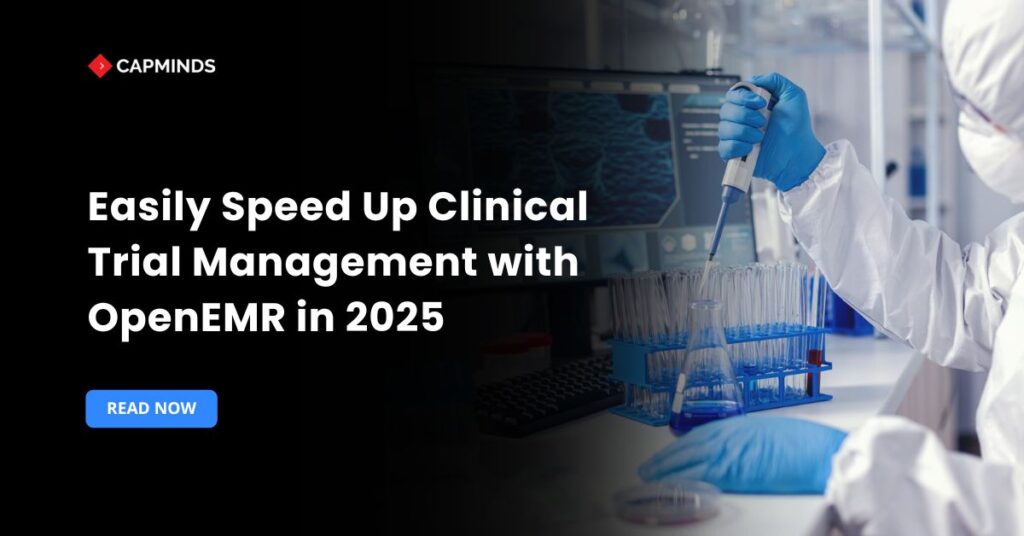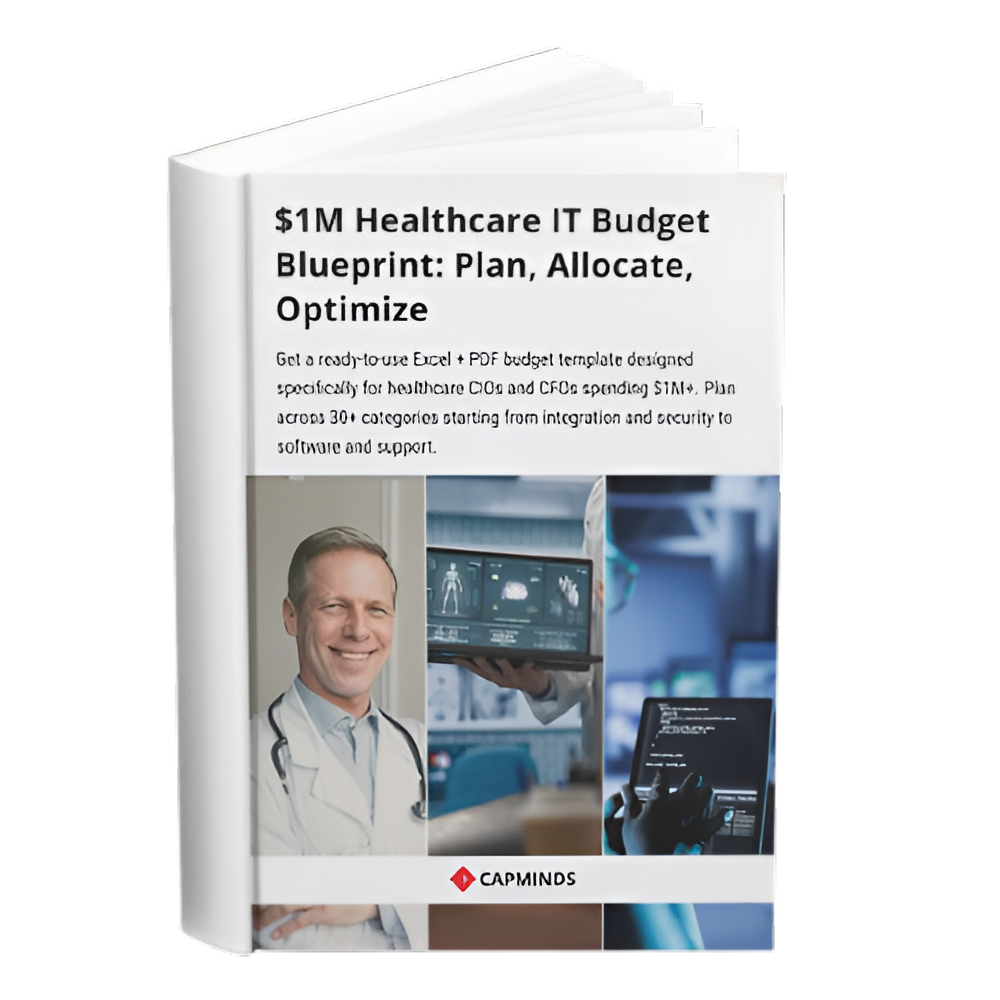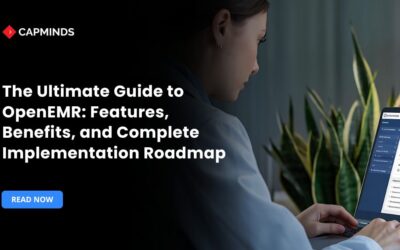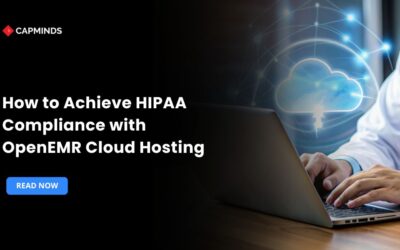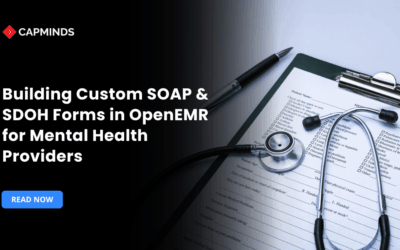Easily Speed Up Clinical Trial Management with OpenEMR in 2025
Clinical trials demand careful coordination of patients, data, and regulatory requirements. OpenEMR – a mature, open-source electronic health record (EHR) and practice management system – now includes many features that accelerate clinical study workflows.
OpenEMR is a “free and open source electronic health records and medical practice management application” that is ONC-certified for interoperability. It boasts a large community (over 4,000 downloads per month) and dozens of active contributors.
In short, OpenEMR is a robust, enterprise-grade EHR with no licensing fees and a growing set of modules for today’s healthcare needs. Recently have added trial-friendly capabilities for patient tracking, document management, reporting, EMR integration, and more, often out of the box without heavy custom coding.
Related: Can large clinics use OpenEMR? [Top 8 challenges & shotgun solutions]
Potential Use Cases for Clinical Trial Management with OpenEMR
1. Patient-Centric Trial Management
OpenEMR provides a unified patient dashboard for trial participants, storing demographics, medical history, medications, visit notes, and more in one place. Recent releases enhanced patient engagement and communication. For example, a fully integrated telehealth module (by Comlink) now supports secure video visits for subjects and clinicians.
Appointment reminders and notifications can be sent via email/SMS or fax using the built-in FaxSMS module, ensuring trial teams can easily alert participants of upcoming visits. The patient portal (and upcoming Opal portal integration) gives subjects secure access to their records and reminders.
All scheduled trial visits appear on OpenEMR’s calendar and flow board, which has been improved to display providers, patient addresses, and visit status. In short, OpenEMR now makes it straightforward to track patient visits and engagement without outside tools: you can schedule trial appointments, monitor completion rates, and even handle remote visits with the built‑in telehealth and portal features.
Related: Top 10 Roles of OpenEMR in Improving Health Information Exchange
2. Streamlined Documentation & Compliance
OpenEMR’s document management and reporting engine can handle all trial documentation needs. Consent forms, protocols, investigator brochures, and other PDFs can be attached to a patient or encounter, and custom forms can capture adverse events and trial endpoints. New updates improved OpenEMR’s support for health information standards:
- CCDA export/import utilities were enhanced
- SMART-on-FHIR & OAuth2 support now enables the exchange of structured data.
In practice, this means you can import official clinical documents (like a lab CCD) or export trial data in standardized formats for regulatory reporting.
OpenEMR also includes audit trails and role-based security to meet compliance needs – for example, patient documents can be encrypted and user access finely controlled.
Because OpenEMR is ONC-certified, it already complies with many U.S. regulations (HIPAA, ONC Cures Act) out of the box. In short, trial administrators can use OpenEMR’s built-in compliance engine (audit logs, consent tracking, error-checking rules, etc.) and focus on science rather than building all processes from scratch.
- Adverse event reporting: OpenEMR’s “Clinical Issues” and encounter forms can be customized to log adverse events. (Recent updates improved issue tracking and encounter workflows.) Such events can be tied to patient records or aggregated in reports.
- Regulatory reporting: The latest release (v7.0.3) even includes an ONC Real-World Testing (RWT) Report for 2025, automating the collection of interoperability metrics for certification. This same framework can be repurposed for trial auditing (activity logs, data exports, etc.).
- Quality measures: OpenEMR’s reporting module now supports automated measure calculations (AMC) and clinical quality measures (CQM). Trial coordinators can leverage these reports to monitor recruitment, adherence, or lab trends, or to feed data into analytics tools.
3. Efficient Scheduling & Visit Tracking
Scheduling and visit tracking are core strengths of OpenEMR. The Calendar and Patient Flow Board modules let you define multi-visit protocols and track each subject’s progress.
OpenEMR now includes more powerful appointment reports: for example, the appointment report can list multiple providers and full patient contact details. These enhancements mean coordinators can quickly print schedules, find missed appointments, or generate recall lists without manual spreadsheets.
Key features for trial logistics include:
- Flexible Scheduling: Recurring visits and follow-ups can be templated. Schedulers see room and provider availability on an interactive board.
- Automated Alerts: Missed-visit alerts and reminders (via SMS/email or patient portal) can be configured so you never lose a subject. The Fax/SMS module improvements in the latest version make reminder management easier
- Coordination: The patient summary screen has been refined (and is fully customizable) so all trial-relevant data (labs, meds, vitals) is on one page.
Together, these tools turn OpenEMR into an effective subject-tracking system: you can see which patients have upcoming or overdue visits, review visit notes, and generate on-demand reports of visit counts or site activity.
4. Robust Data Management & Analytics
OpenEMR’s reporting and analytics capabilities let you mine trial data and stay on top of performance. Aside from standard reports (demographics, encounter history, medication logs, etc.), the system now offers clinical quality reports and data export tools. The Automated Measure Calculation (AMC) and CQM engine calculates quality metrics (often required in trials) without custom coding.
Plus, OpenEMR supports data export to common formats (CSV, XML) for more advanced analysis. For example, the development plan introduced a real-world testing data algorithm: it analyzes activity logs and generates a consolidated RWT report – this same approach can be applied to derive custom trial KPIs from routine EHR use.
Recent enhancements make analytics smoother: an updated CCDA generator and improved API mean external BI tools can pull data more reliably. And because OpenEMR has a complete audit trail and scripting API, you can connect it to data warehouses or clinical data management systems.
In practice, this means trial teams can rely on OpenEMR’s built-in reports or integrate with specialized analytics platforms to monitor enrollment, adherence rates, adverse event trends, and other key metrics – all using up-to-date, EHR-derived data.
5. Flexible Integrations & Extensibility
Being open source, OpenEMR is designed to plug into other systems and extend with custom modules. The latest releases focused on interoperability and integration: FHIR (R4) support and a robust REST API allow seamless data exchange with external systems.
For example, you could integrate OpenEMR with a specialized CTMS or EDC platform, allowing one-click data sharing between the clinical trial database and patient charts. Similarly, new modules enrich the core system:
- e-Prescribing: A new Weno EZ Rx module lets clinicians prescribe and manage study medications electronically (with eligibility and formulary support).
- Telehealth: The Comlink Telehealth module (v7.0.1+) provides built-in video visit capabilities, making it easy to conduct virtual follow-ups for decentralized trials.
- Patient Portal: OpenEMR’s patient portal (and upcoming Opal portal integration) lets subjects log in to complete questionnaires, review consent forms, and receive instructions securely.
- APIs & FHIR: All of these features are built on OpenEMR’s API framework, which supports HL7, FHIR, SMART, and OAuth2. Developers can write custom plugins or use middleware (e.g., Mirth) to synchronize study schedules, lab results, or eCRFs with OpenEMR.
OpenEMR’s modular design means you have a flexible platform: out-of-the-box it covers core trial needs (patient registry, scheduling, records), and you can extend it with add-ons for research-specific workflows. And because it’s widely used, there is abundant community support and documentation for integrating new tools.
6. Enterprise-Grade Security & Compliance
Clinical trials require strict data protection, and OpenEMR delivers enterprise-class security. The system includes role-based access controls, password policies, and full encryption options. Every patient record and study action is audited, fulfilling most regulatory audit-trail requirements.
Importantly, OpenEMR’s ONC certification (completed with v7.0+) means it meets U.S. standards for privacy and interoperability. Studies have shown practices seamlessly generated CCDA documents and HIPAA-compliant API calls in recent real-world testing by OpenEMR users, demonstrating readiness for regulated environments.
Because it’s open source, many labs and trial sites trust OpenEMR’s security: its code is continuously reviewed by a community of developers. Updates are regularly released to patch vulnerabilities (the v7.0.3 line included over a dozen security fixes), and the platform supports database encryption and LDAP/AD integration for single sign-on if needed.
In practice, this means you can use OpenEMR as a trial’s official record system, knowing it adheres to privacy laws (HIPAA, 21 CFR Part 11 in spirit) and technical safeguards.
With its latest updates, OpenEMR has become an even more powerful clinical trial management ally. Modern trials, especially decentralized or small-to-mid scale studies, can leverage OpenEMR to handle:
- Patient enrollment
- Scheduling
- Data capture
- Reporting far more easily than before.
Many capabilities that once required custom coding (custom forms, consent tracking, integration interfaces) are now available as built-in modules. The result is a faster, lower-cost path to a compliant trial IT system: no more reinventing the wheel on patient databases or visit trackers.
CapMinds OpenEMR Customization and Integration Service
CapMinds OpenEMR equips clinicians with the best features and ways to integrate. It makes their workflows more efficient and filtered.
The integrated features will allow them to combine the ability of patient record management with conceptual and concurrent reminders.
This enhances the process of decision-making and improves patient care and quality.
- At CapMinds, OpenEMR custom solutions are developed with much care and accuracy to match the special practice needs.
- It will be low-cost and the perfect budget solution for your practice’s long-term future.
- CapMinds OpenEMR prioritizes secure data management & ensures compliance with industry regulations, offering healthcare providers peace of mind.
Get the best technologies and HIPAA-compliant and efficient OpenEMR from CapMinds that can be tailored to fit your practice.
Our OpenEMR services facilitate a Modern User Interface (UI), customization, production support, and training. They also facilitate billing, reporting, specialty enhancements, clearing house integrations, e-prescribing, and cloud services.
“Get the most experienced, proven, and perfect professional support for your OpenEMR.”
